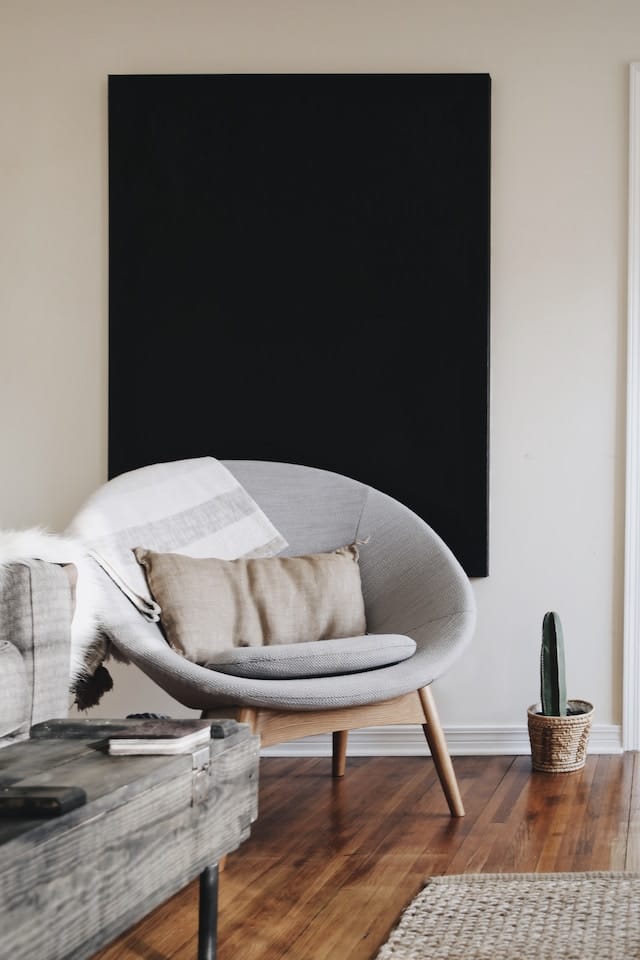What are the best strategies for designing a multi-generational home?

In a world where the family structure is evolving, the design of our homes is also undergoing a transformation. More families are embracing the idea of multi-generational living, and it’s not hard to see why. It provides numerous benefits such as shared responsibilities, increased support, and enhanced connection among family members. However, it also presents its own unique challenges. One of the most critical is creating a space that caters to the needs and desires of every family member across different generations. So, how do you design a multi-generational home? Let’s dive into the best strategies to help you create a haven that celebrates family unity, while still respecting individual privacy.
Understanding the needs of each family member
Before you start designing your multi-generational home, it is crucial to understand the unique needs of each family member. Every individual, regardless of their age, requires their space. Besides, each generation will have specific needs relative to their age and lifestyle.
En parallèle : What are the best strategies for creating a low-allergen home environment?
For instance, an older member may need a room on the ground floor to avoid climbing stairs. Young adults may need a separate entrance for their privacy. Similarly, young children may need a safe and secured play-room where they can enjoy their time without causing disturbances. It is also important to consider the common spaces like kitchen, living room, and dining area, where all the members come together. These spaces should be designed in a way that promotes interaction among members, but also allows for personal space when needed.
Incorporating Flexibility in Design
A crucial aspect in designing a multi-generational home is flexibility. As family dynamics change over time, your home design should be able to adapt to these changes. A room’s function today may not be the same in the future. The nursery you’ve set up for your newborn today could turn into a home office in the future.
Dans le meme genre : How to select the right plants for a vertical garden?
Therefore, when planning the space, opt for a design that can be easily modified. Use multifunctional furniture and fixtures that can be adjusted or moved as per needs. For example, consider installing movable partitions instead of brick walls to divide the space. This will not only provide flexibility but also offer more room for customization in the future.
Providing Privacy and Independence
While it’s beneficial for multi-generational families to spend time together, everyone still needs their privacy and independence. The design of the home should respect these needs.
One of the ways to achieve this is by providing separate living quarters for different generations. This could mean having separate entrances, private bathrooms, or even separate kitchenettes for each unit. It’s also a good idea to soundproof the walls to prevent noise disturbance.
Adding personal touches to each individual’s space can also promote a sense of ownership and independence. Let each member participate in the decor of their space. This not only makes them feel respected and valued but also reinforces their sense of personal space within the shared home.
Considering Accessibility and Safety
Accessibility and safety are paramount in multi-generational homes. This is especially important for families with elderly members or those with special needs. A good design minimizes the risk of injury due to falls or other accidents.
For instance, make sure that the hallways and doorways are wide enough for wheelchair access. Install grab bars in the bathroom, use slip-resistant floor material and ensure good lighting throughout the home. Also, consider installing safety gates to keep young children away from potential hazards.
Another important aspect is to ensure that all members can access common areas without any difficulty. Design the kitchen, dining area, and living room in a way that they are easily accessible to all, promoting a sense of inclusion and togetherness.
Incorporating Green and Energy-Efficient Features
Lastly, incorporating green and energy-efficient features in your multi-generational home design is a smart move. It not only helps to reduce energy bills but also creates a healthier living environment for all members.
Consider using energy-efficient appliances, LED lighting, and programmable thermostats. Incorporate natural light as much as possible to minimize the use of artificial lighting during the day. Use green building materials that are sustainable and do not emit harmful chemicals.
Remember, the goal is to create a home that supports the well-being of all members while minimizing the home’s impact on the environment.
In summary, designing a multi-generational home is a balancing act. It requires careful planning, creativity, and a deep understanding of the unique needs of each family member. But with the right strategies and a bit of flexibility, you can create a home that celebrates multi-generational living while respecting and nurturing the individuality of each family member.
Planning Efficient Use of Space
Efficient use of space is a crucial factor in planning a multi-generational home. The layout must be smartly planned to make the best use of every inch of available space. Space planning must be in line with the specific needs of each family member, taking into account factors like age, mobility and lifestyle.
Take into consideration that older family members may require spacious rooms to move around comfortably. On the other hand, young adults might prefer compact and cozy spaces that are easy to maintain. Children might need ample space for their activities and play areas. Therefore, assign rooms and spaces in the house based on the needs and preferences of each member.
Moreover, common areas like the living room and dining area should be designed to accommodate all family members comfortably. This implies having enough seating and space for everyone to move around without bumping into furniture or each other. The floor plan should allow for easy circulation and interaction, fostering a sense of togetherness and multigenerational living.
Efficient space planning also extends to storage. Every family member will have their personal belongings and storage needs. Thus, ensure the design includes ample storage space throughout the home. This will contribute to maintaining a clutter-free and organized home, enhancing the overall living experience for all family members.
The Importance of Outdoor Spaces
Outdoor spaces can significantly enhance the quality of multigenerational living. They offer a change of environment, an opportunity for physical activity, and a place for relaxation and social interaction. Besides, they can serve as shared common areas, offering a neutral ground where all generations can come together.
Be it a garden, a patio, or a simple backyard, these spaces can offer numerous benefits. For instance, gardening can be a therapeutic and rewarding activity for the elderly while providing an opportunity for children to learn and engage with nature.
An outdoor dining area can serve as an extension of the living space, providing a perfect spot for family meals and gatherings. A well-designed patio can serve as a relaxation spot for adults and a controlled outdoor play area for young children.
However, in designing these spaces, ensure they are safe and accessible for all family members. Incorporate features like ramps, handrails, and slip-resistant flooring for the elderly and those with mobility challenges. Also, ensure the area is well lit to prevent accidents and facilitate outdoor activities even after sundown.
Conclusion: Nurturing a Happy Multi-Generational Home
Designing a multi-generational home is indeed a unique challenge, but the benefits it brings make the effort worthwhile. A well-designed multi-generational home can foster a sense of unity, respect for individuality, and a supportive environment for all family members.
Remember, the key is not just about creating a functional space, but a home where every member feels valued, included, and comfortable. It’s about building a living space that caters to the evolving needs of a multi-generational household while promoting a sense of belonging and togetherness.
Incorporate flexibility in your home design, respect privacy and independence, ensure accessibility and safety, and don’t forget about efficient use of space and outdoor areas. All these elements together can make your home a perfect haven for multi-generational living.
As families continue to embrace this mode of living, multi-generational homes are set to redefine the future of residential architecture. Creating such a home might be a fulfilling project that leaves a lasting legacy for future generations.
